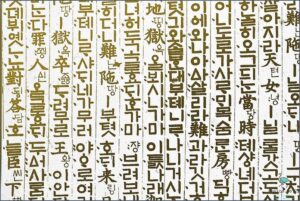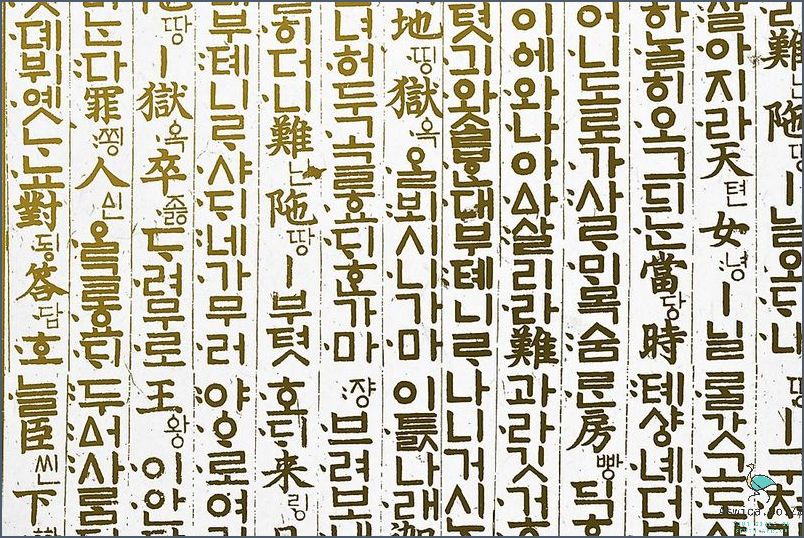
There is no official language of the world. However, there are several languages that are considered to be international languages, including English, French, Spanish, Russian, and Chinese.
Contents
What Is The Official Language Of The World
The official language of the world is a concept that is difficult to define due to the vast number of languages and dialects spoken on the planet. Generally, it is thought that no single language has been designated as the official language of the world. However, various organizations and governments have identified one or more languages as the working language for their respective organizations. English is the most widely spoken language in the world and is used as the official language in many countries such as the United States, United Kingdom, Australia, Canada, and New Zealand. French and Spanish are also widely spoken languages, making them important international languages. Arabic, Chinese, and Russian are also widely spoken and are recognized as important international languages.
History of official language
The official language of the world is a concept that has been debated for centuries. It is a concept that has been built on the foundations of language, culture, and international relations. From the earliest days of recorded history, people have sought to communicate with one another and discover common ground. As a result, languages have evolved and been adopted to serve as the official language of certain regions and countries.
In the ancient world, Latin was seen as the language of the educated and was adopted by the Romans and spread throughout Europe. It was used in much of the official documentation of the Roman Empire, including the official laws. Latin eventually became the official language of the Holy Roman Empire, and was widely spoken in Europe until the Middle Ages.
In the Middle East, Arabic was adopted as the official language of the Islamic Caliphates. It was spread across the region through trade and expansion of the Islamic Empire, and was used for official communication and record keeping. In addition, many of the countries in the Middle East adopted Arabic as their language of choice for government use.
In Europe, French was adopted as the official language of the French monarchy and spread throughout the continent. It was used in official documents and in the courts of many countries. In the 19th and early 20th centuries, English became the de facto language of international communication and the official language of many countries.
Today, English is the most widely spoken language in the world, with over two billion people speaking it as a first or second language. It is the official language of the United Nations, the European Union, and many other international organizations. It is also the official language of many countries, including the United States, the United Kingdom, Canada, and Australia.
As the world becomes ever more globalized, the demand for a single official language of the world increases. International organizations such as the International Organization for Standardization (ISO) are working to develop a single international language, but this process is still in its early stages. In the meantime, the world is likely to remain a diverse and vibrant place where many languages are spoken.
Different approaches to naming an official language
When it comes to the question of what is the official language of the world, the answer is a complex one. While many countries have an official language, there is no single language that is universally accepted as the official language of the world. Different countries and cultures have different approaches to naming an official language, and this can lead to a great deal of confusion.

One approach to naming an official language is to simply select one language as the official language of the country. This approach is common among countries that have a single predominant language. For example, in the United States, English is the official language, while in France, French is the official language.
Another approach to naming an official language is to select multiple languages and to designate each one as an official language. This is the approach taken by many countries in Europe and Africa, where multiple languages are spoken. For example, in Belgium, there are three official languages – Dutch, French and German.
Some countries also take a hybrid approach, where they designate one language as the official language, while also recognizing the importance of other languages. In India, Hindi is the official language, but English is also recognized as a co-official language. Similarly, in Canada, English and French are both official languages.
Finally, some countries take a more nuanced approach to naming an official language. For example, in Iceland, the official language is Icelandic, but it also recognizes the importance of other languages, such as Danish and Faroese.
In conclusion, when it comes to naming an official language, there is no single approach that is universally accepted. Different countries and cultures have different approaches to naming an official language, and this can lead to a great deal of confusion. However, by recognizing the importance of different languages and taking a nuanced approach to naming an official language, it is possible to ensure that everyone in a country feels included and represented.
Examples of official languages around the world
What is the official language of the world? Well, the answer to this question is not as straightforward as it may seem. Although English is the most widely spoken language on the planet, there is no single language that is universally accepted as the official language of the world.
Instead, each country or region has its own official language or languages. For example, in the United States, English is the official language; in India, it is Hindi; in France, it is French; in Germany, it is German; and in China, it is Mandarin Chinese.
In some countries, multiple languages are officially recognized. For example, Belgium is officially bilingual, with both Dutch and French being recognized as official languages. Canada is officially multilingual, with English and French being the two official languages. Switzerland is trilingual, with German, French, and Italian being its official languages.
In some countries, various indigenous languages are also recognized as official languages. For example, in Bolivia, Spanish, Quechua, Aymara, and 36 other indigenous languages are all recognized as official languages. In South Africa, the 11 official languages are Zulu, Xhosa, Afrikaans, English, and seven other indigenous languages.
It is also worth noting that in some countries, the official language may not be the most widely spoken language. For example, in India, Hindi is the official language, but nearly half of the population speaks another language, such as Bengali, Marathi, Tamil, or Telugu. In the United States, English is the official language, but Spanish is the most widely spoken language after English.
Overall, there is no official language of the world, and each country or region has its own official language or languages. As the world continues to become more interconnected, it is important to recognize the diversity of languages and the importance of language in preserving cultural identity.
Conclusion
There isn’t one! There are over 6,500 languages spoken around the world, and no single language has been adopted as a global standard. English is the most widely spoken language, with around 1.5 billion speakers, but it isn’t considered the official language of any country.




